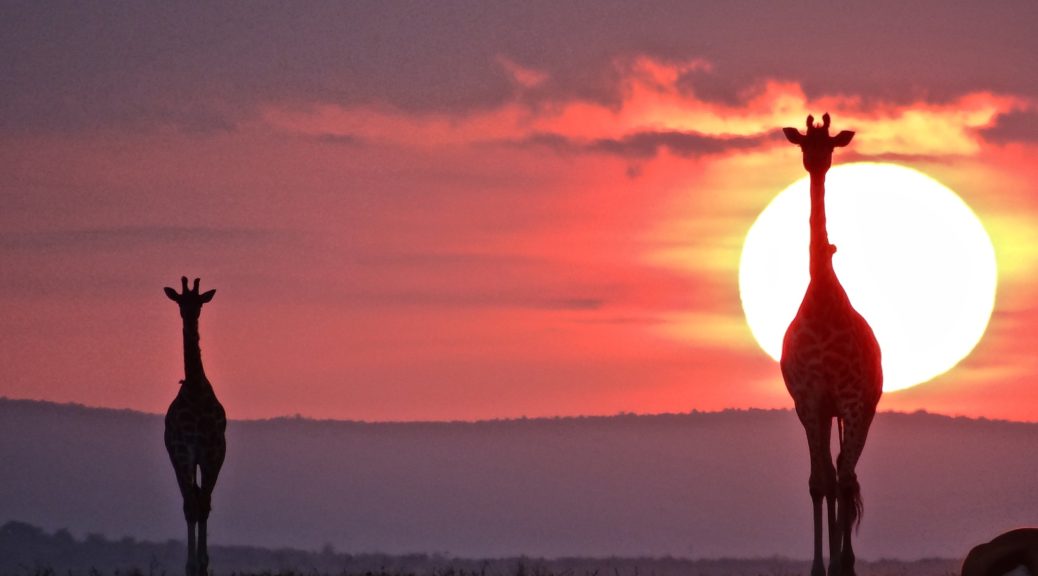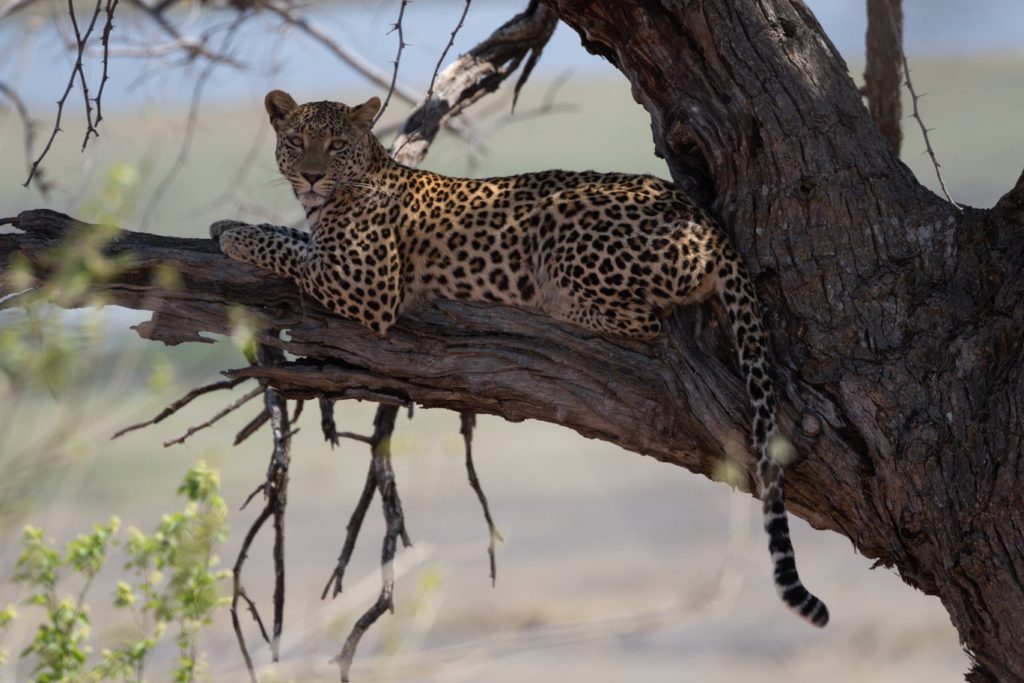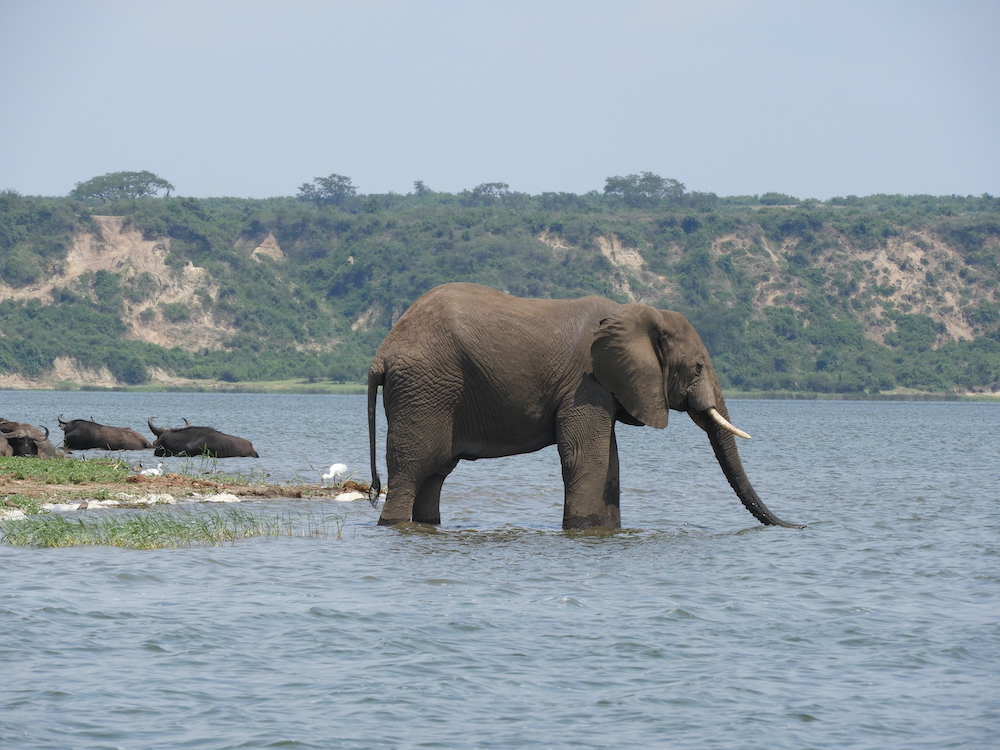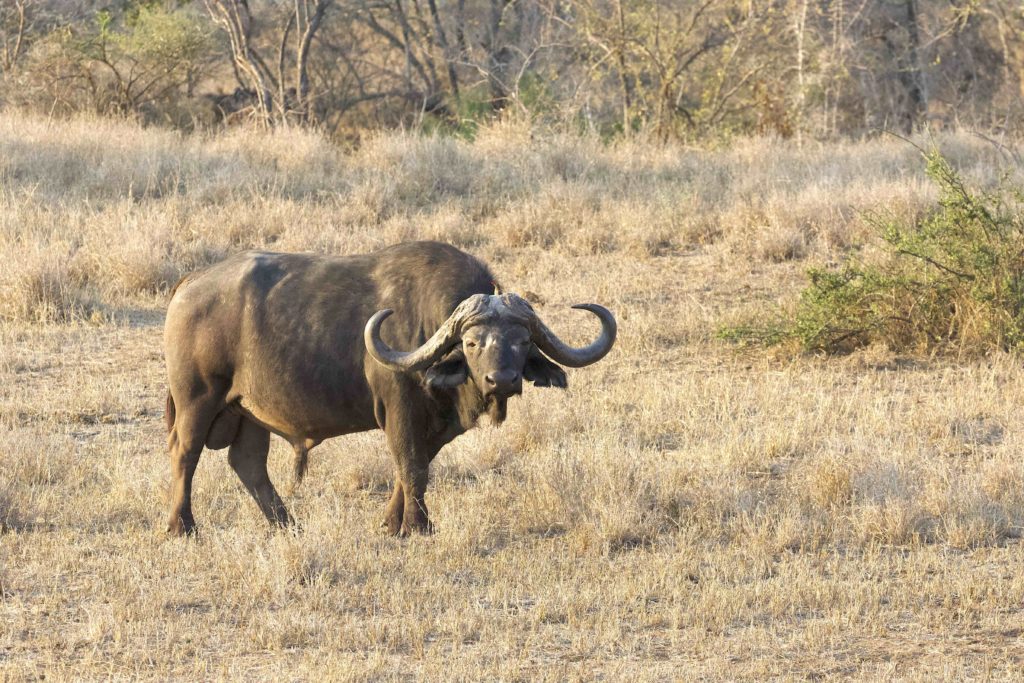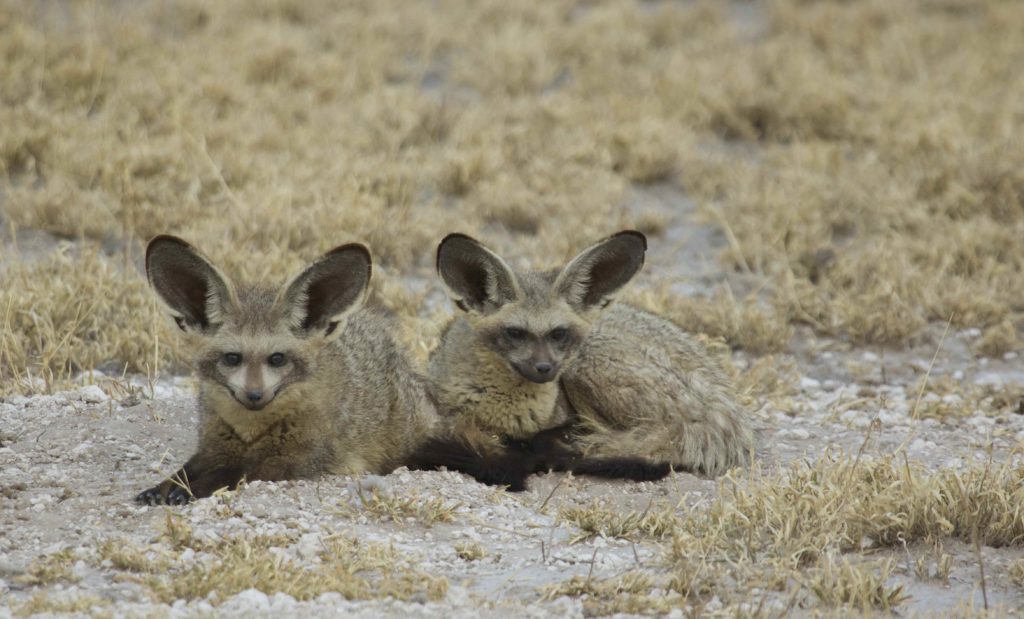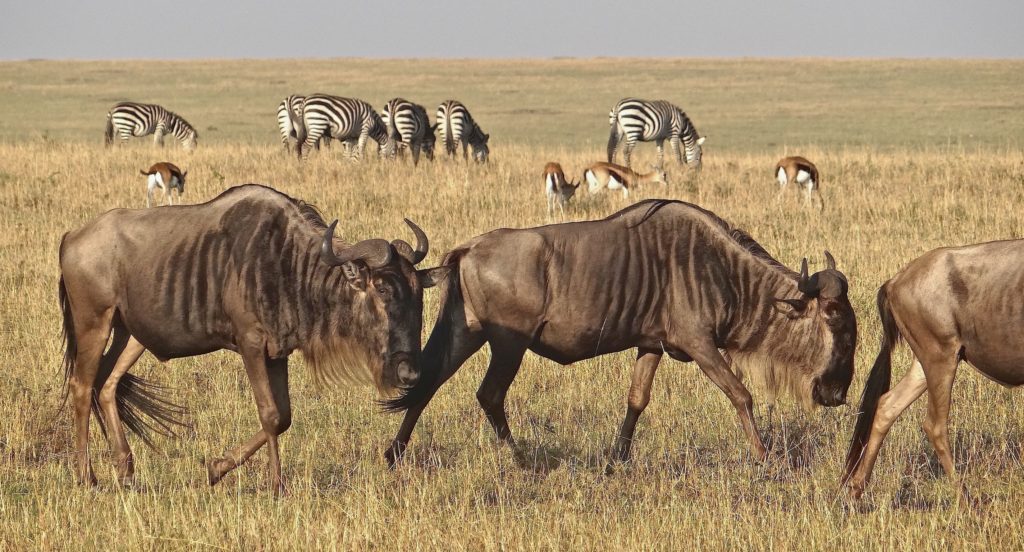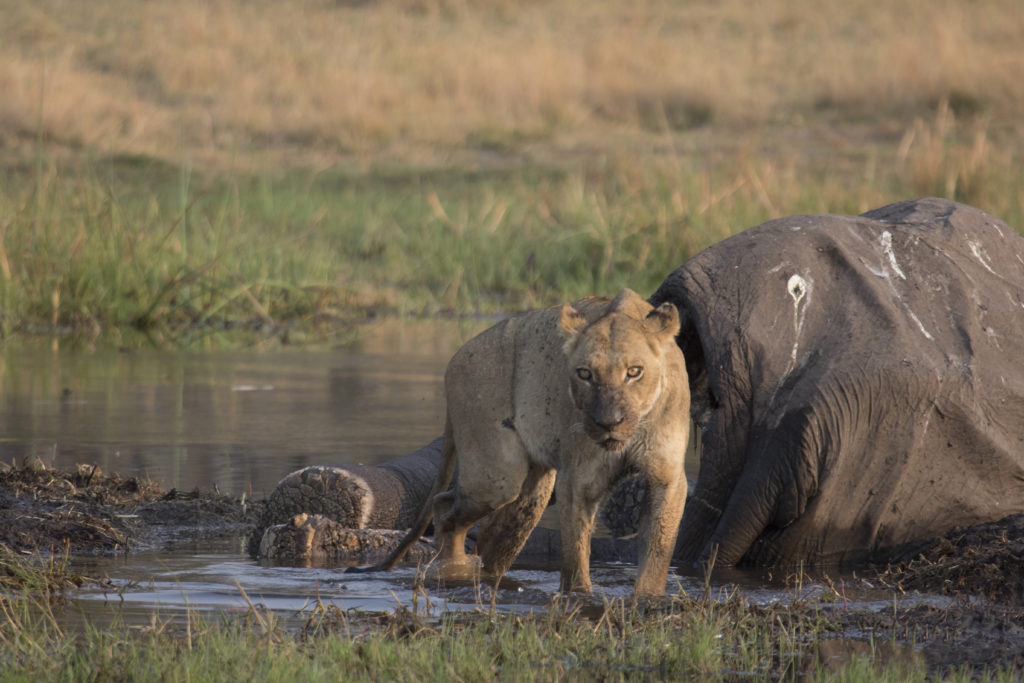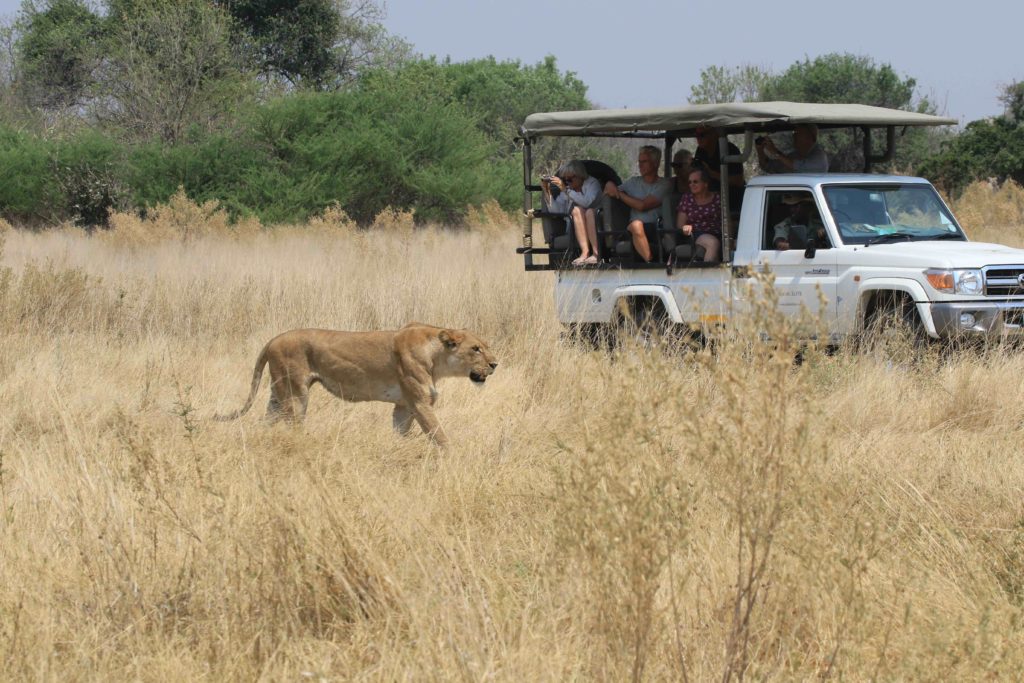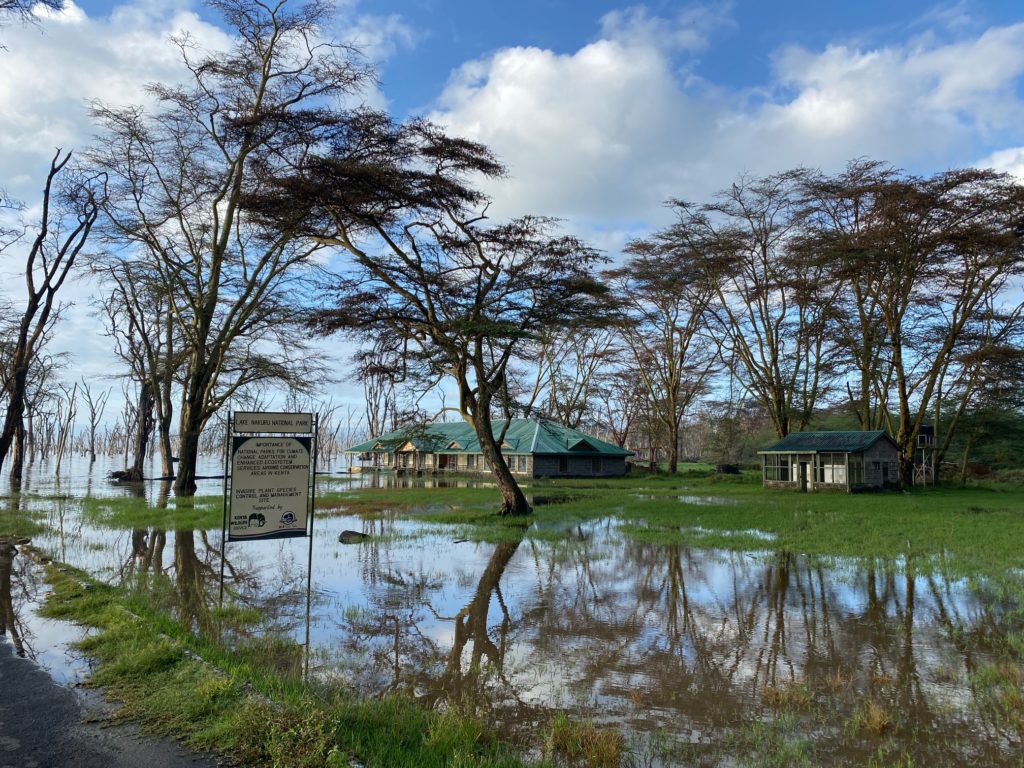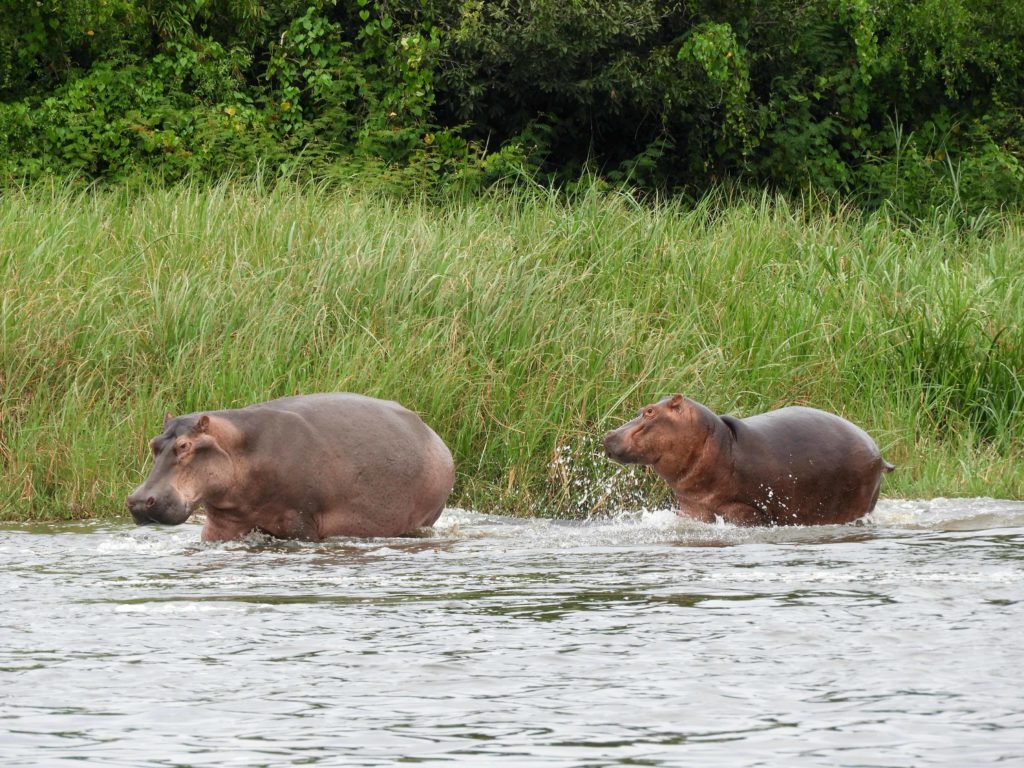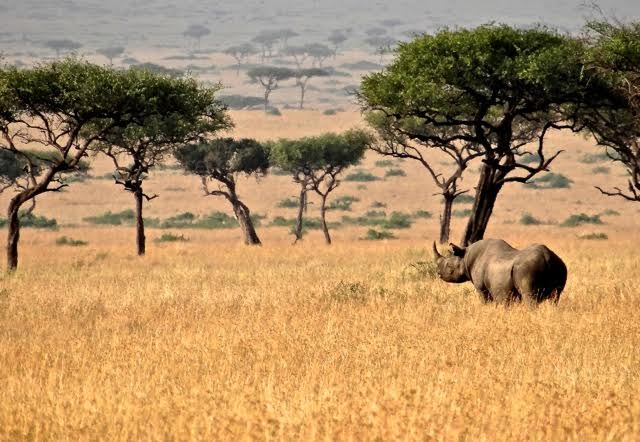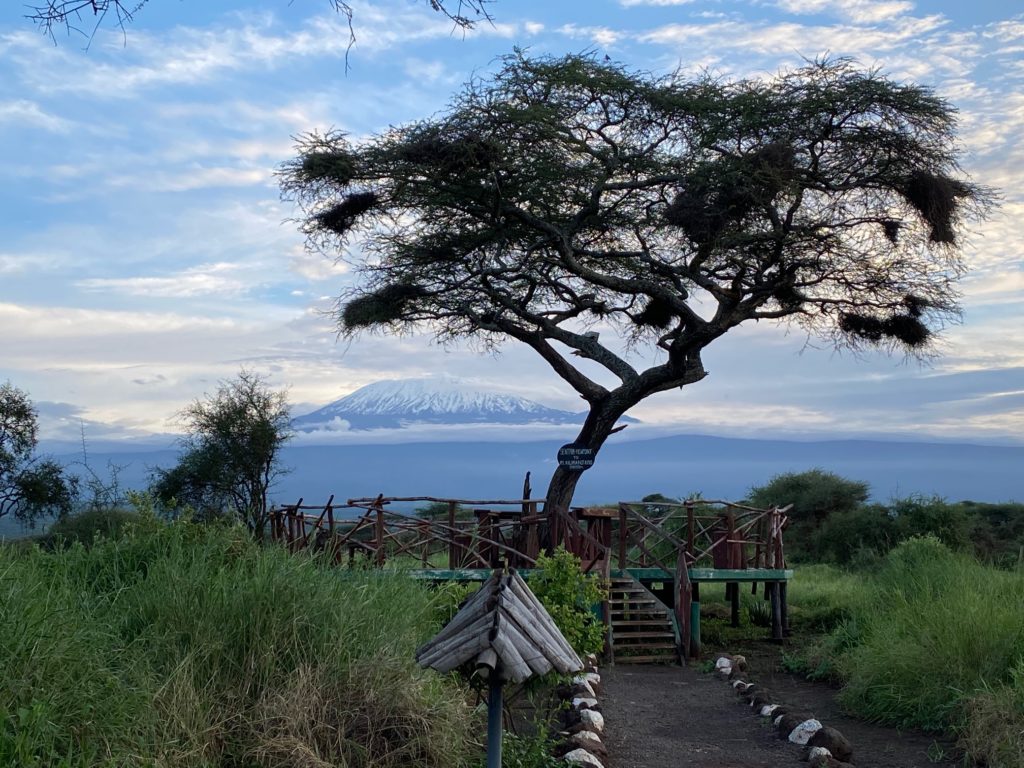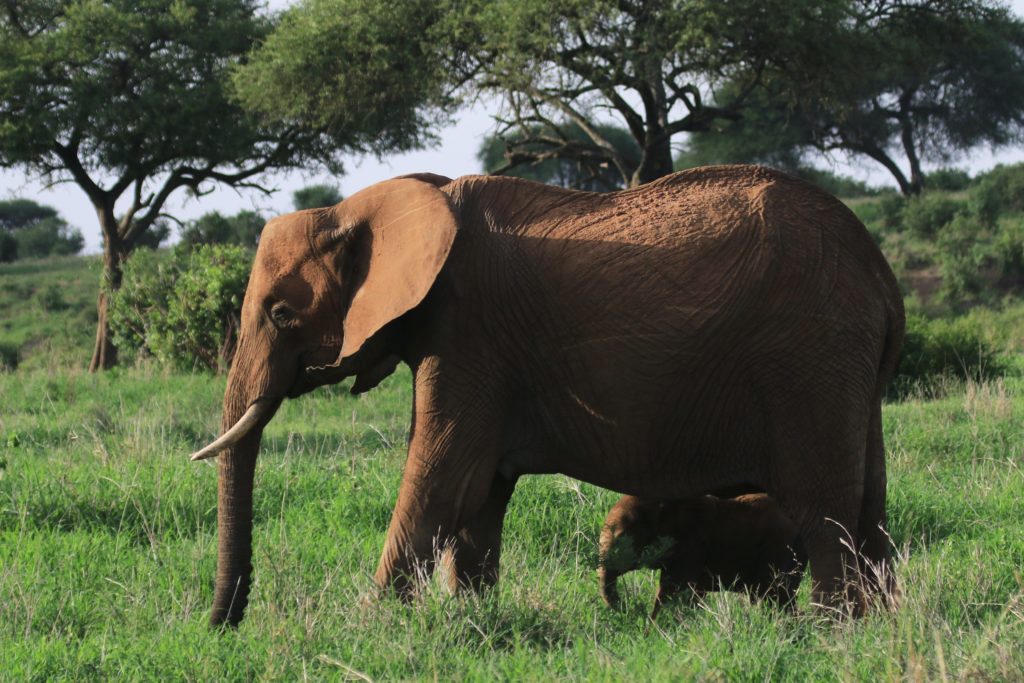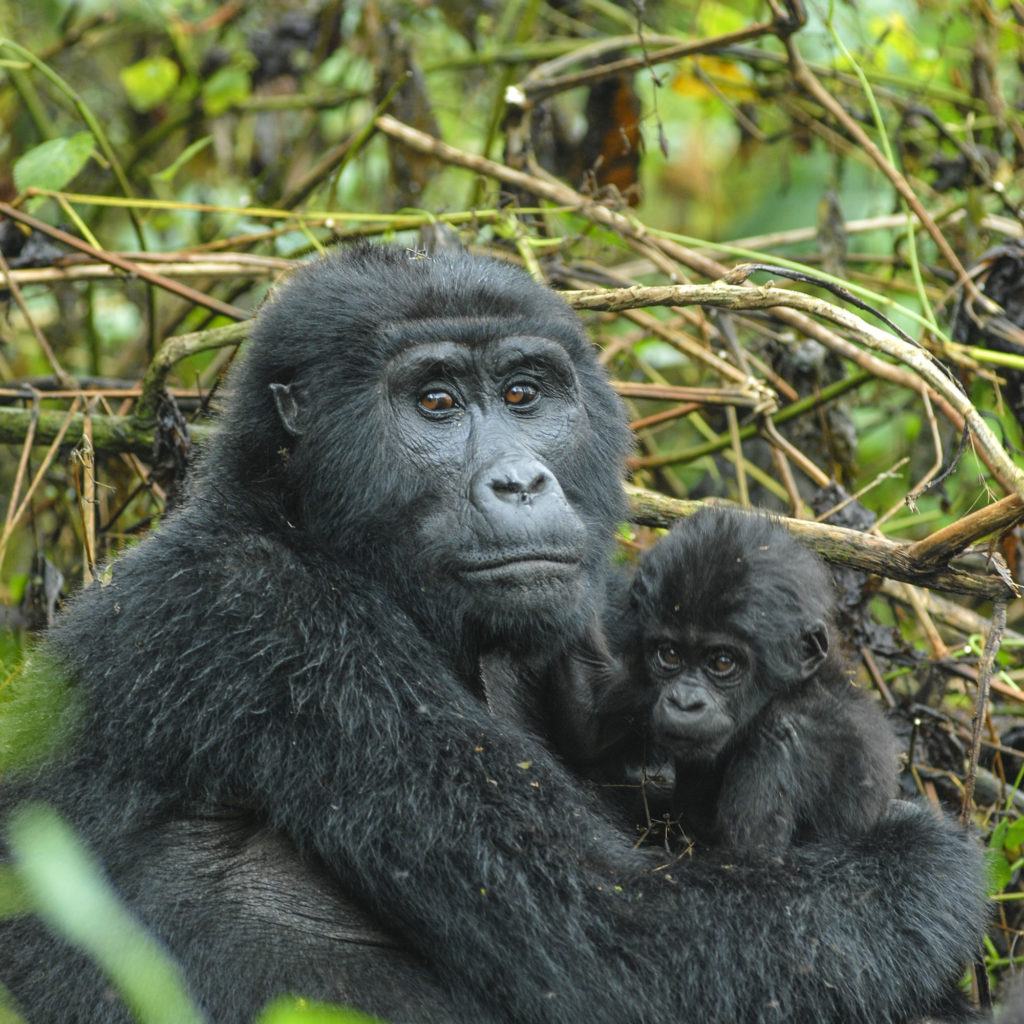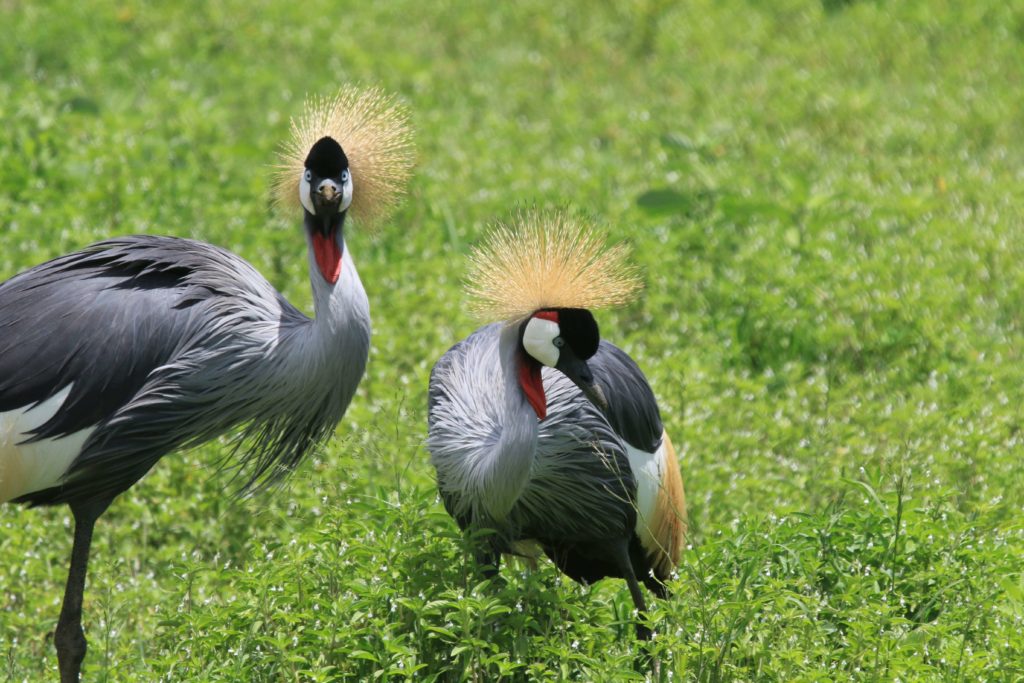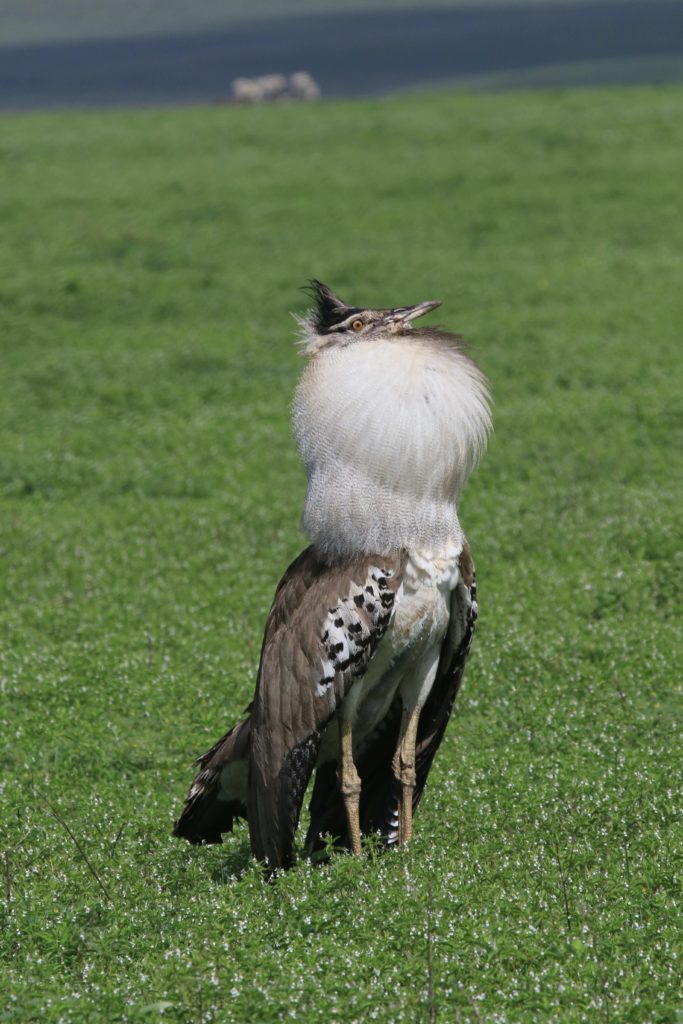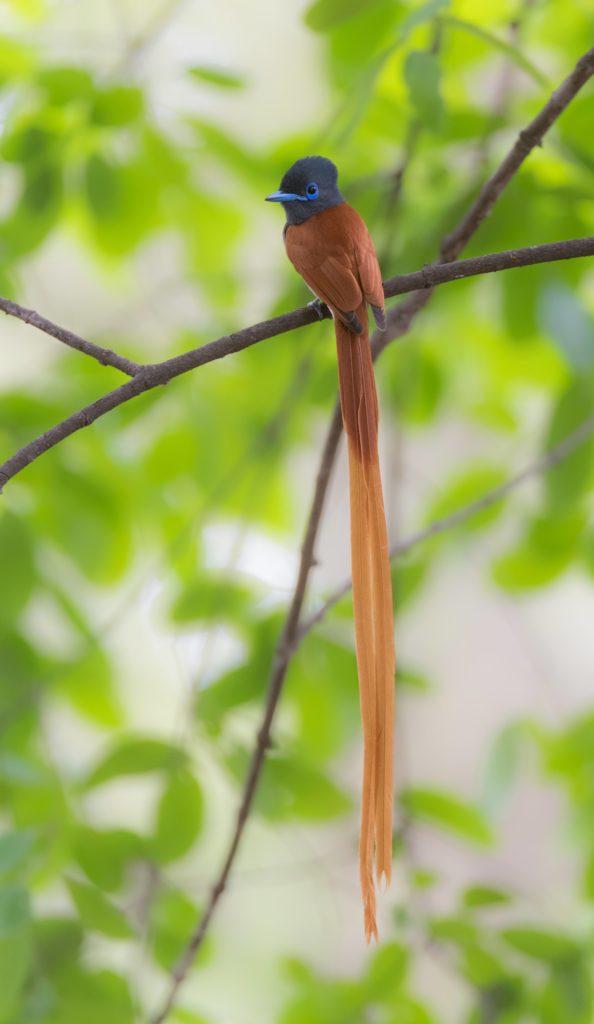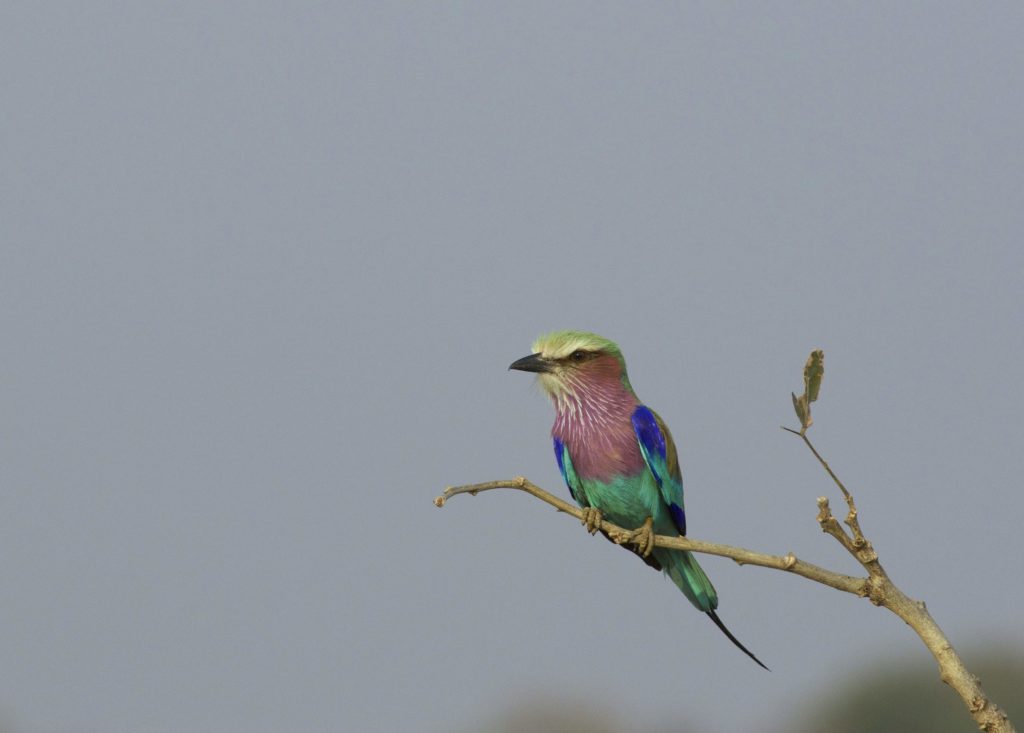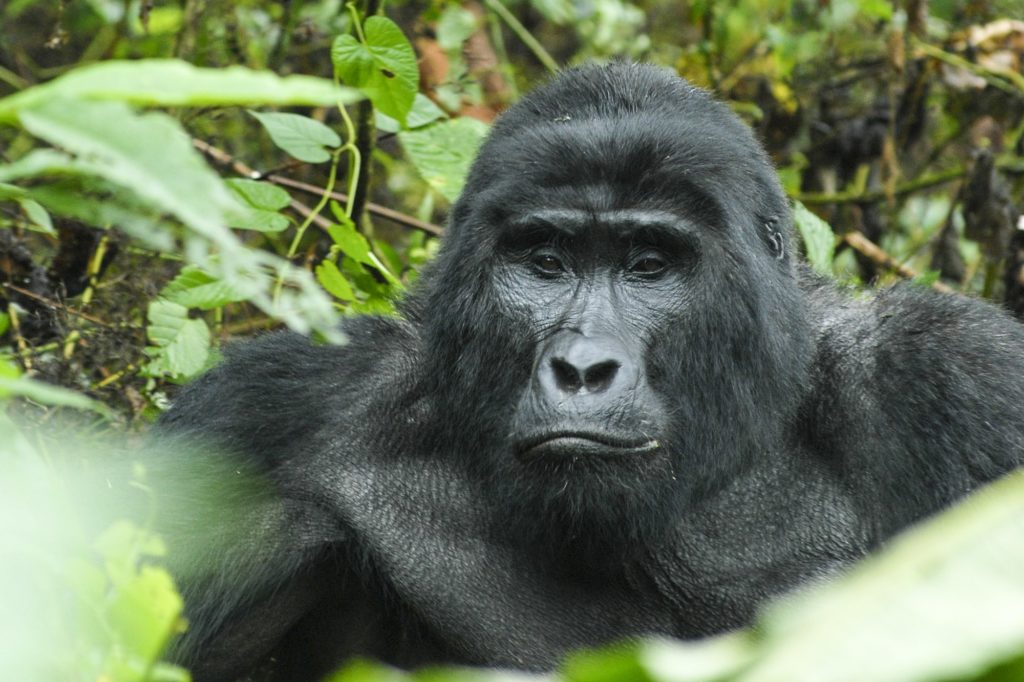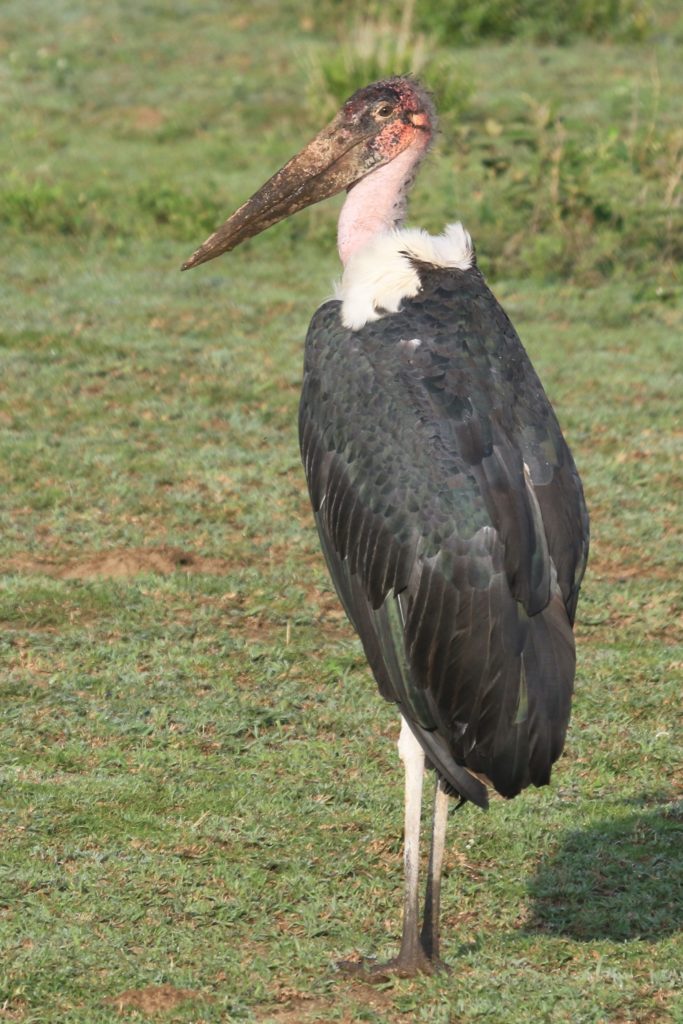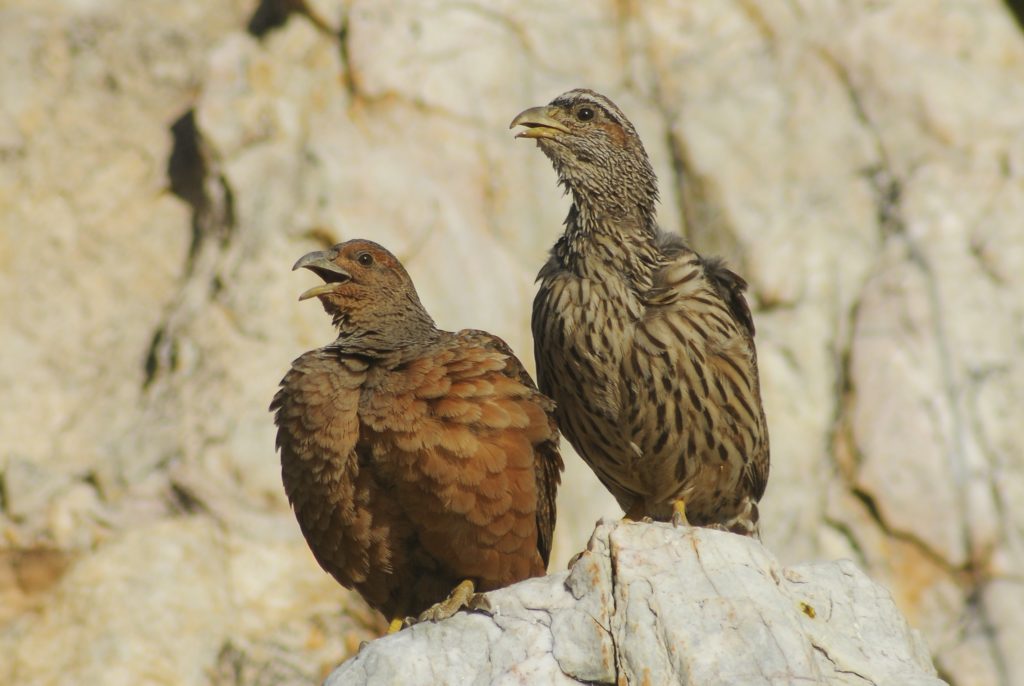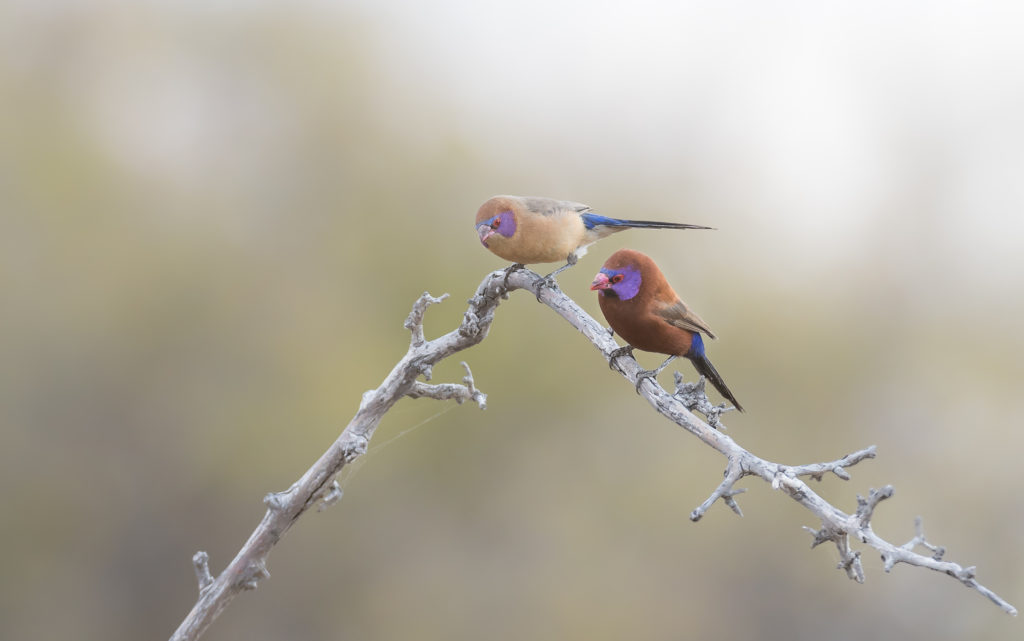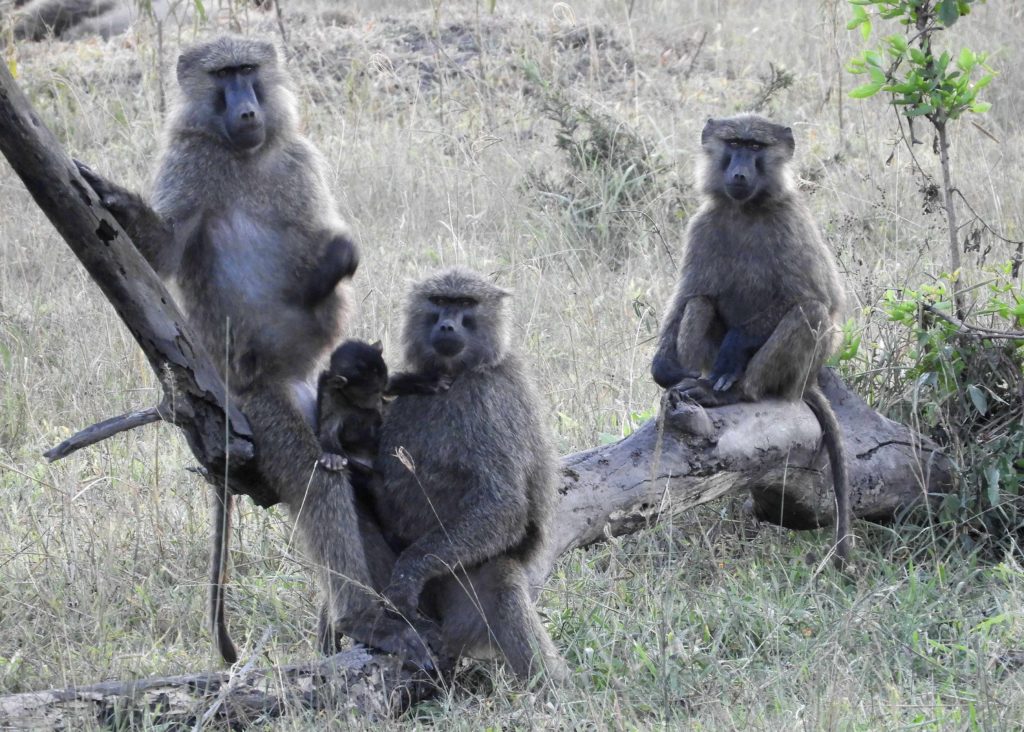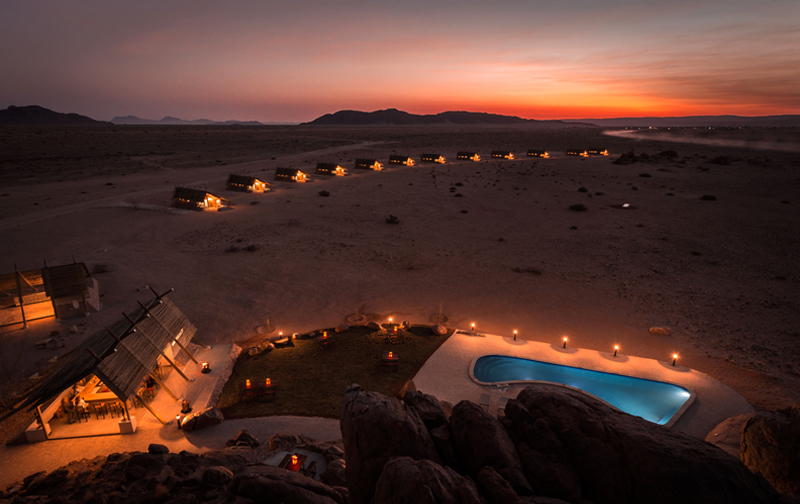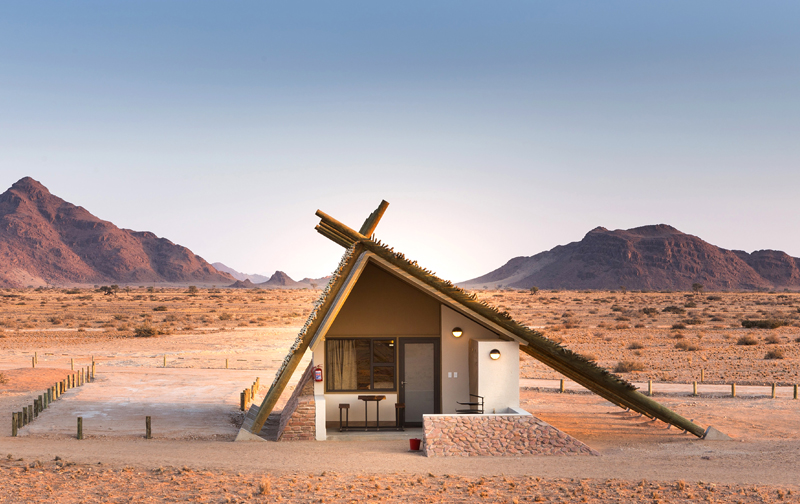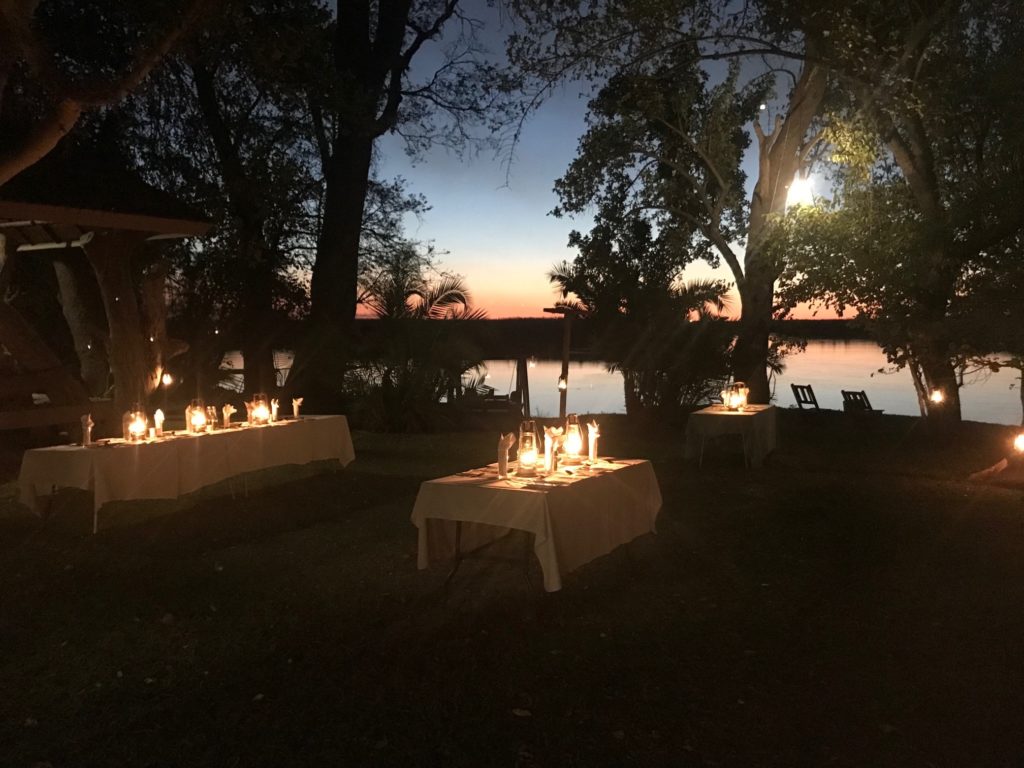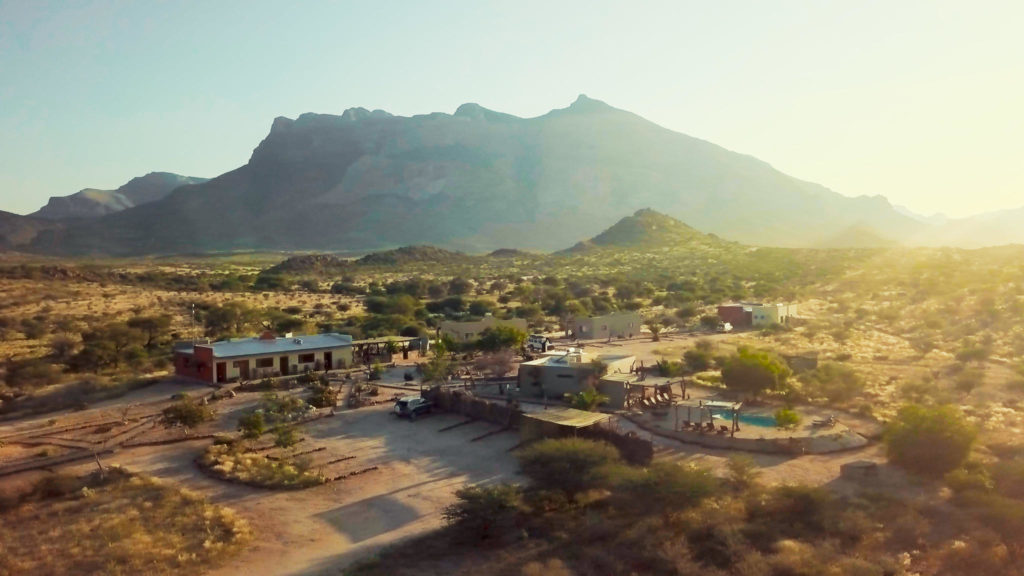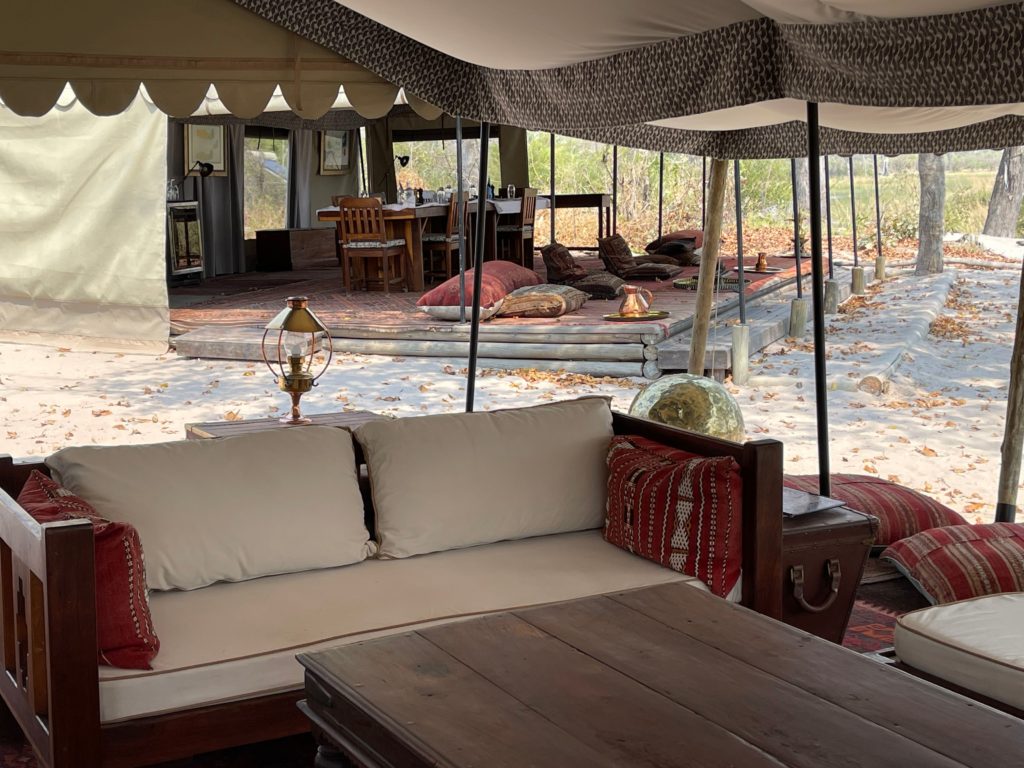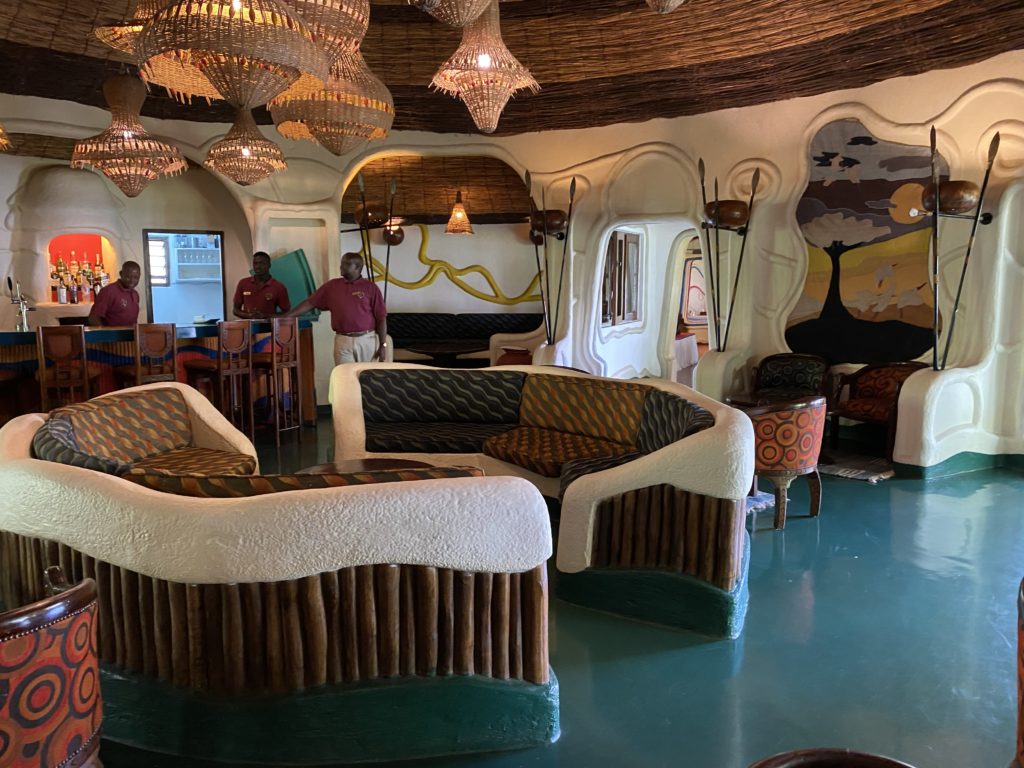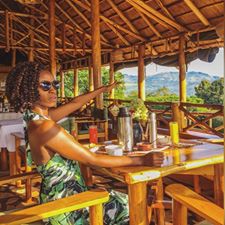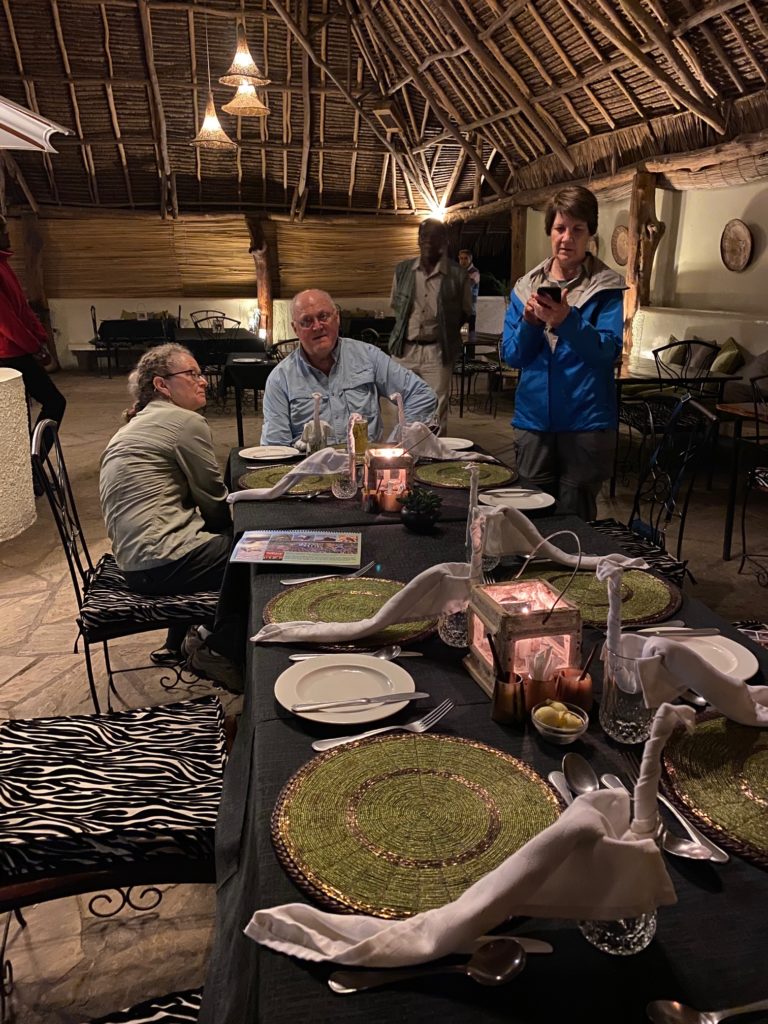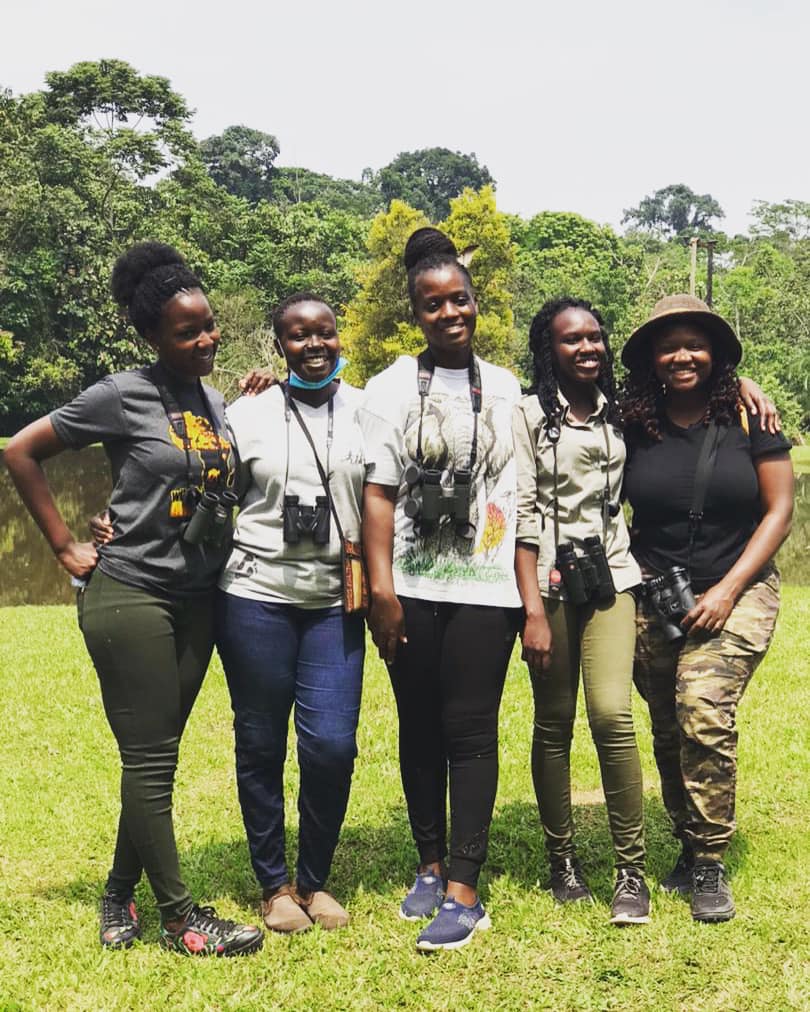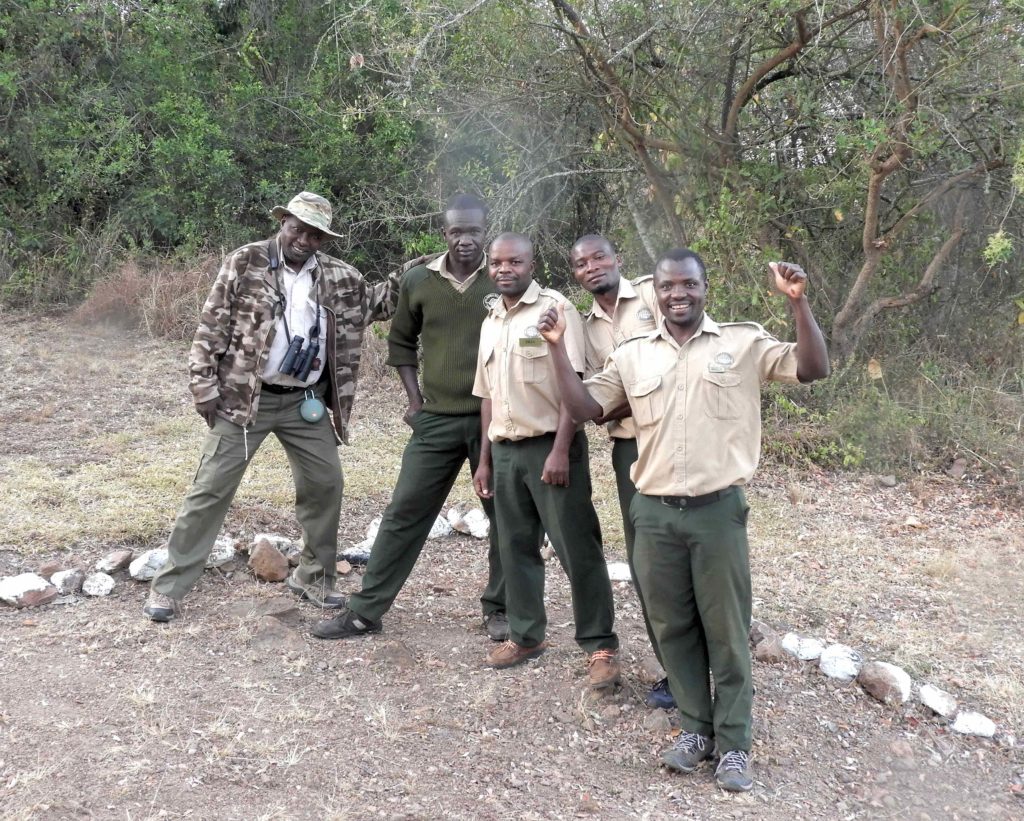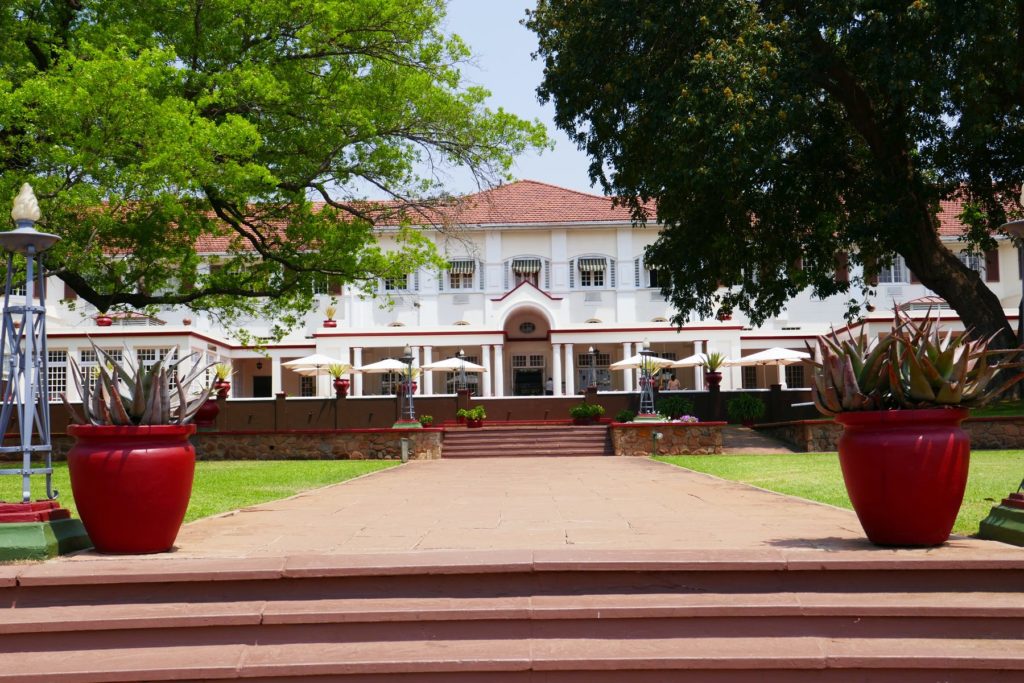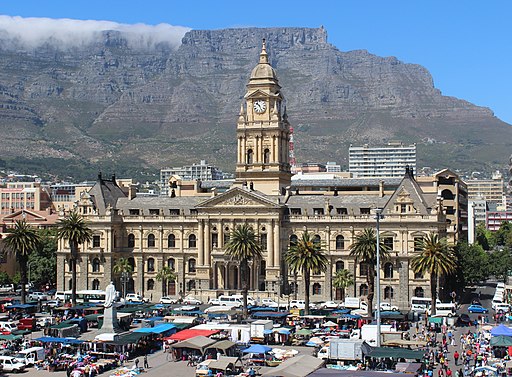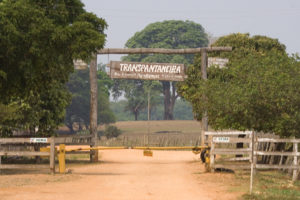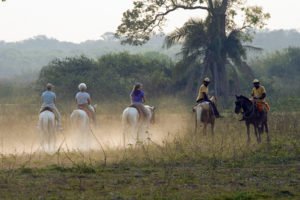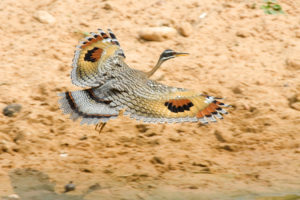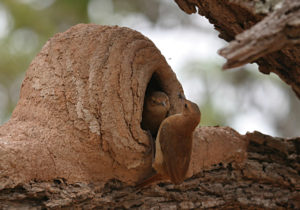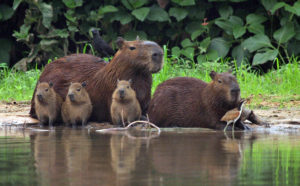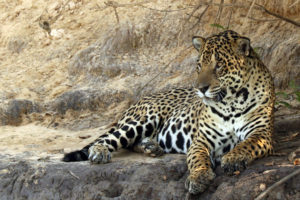From Lodges to Landscapes to Length, Building a Bucket List Africa Trip Depends on You
Imagining yourself in Africa is the way most journeys to the continent begin. Train your binoculars on a hunting Lion pride from the back of an open-air Landcruiser, come over a rise to greet a herd of Elephant. Return visitors anticipate the excitement of wild nighttime sounds just outside a canvas tent, of Elephants shuffling by, or Hyenas calling on the prowl.
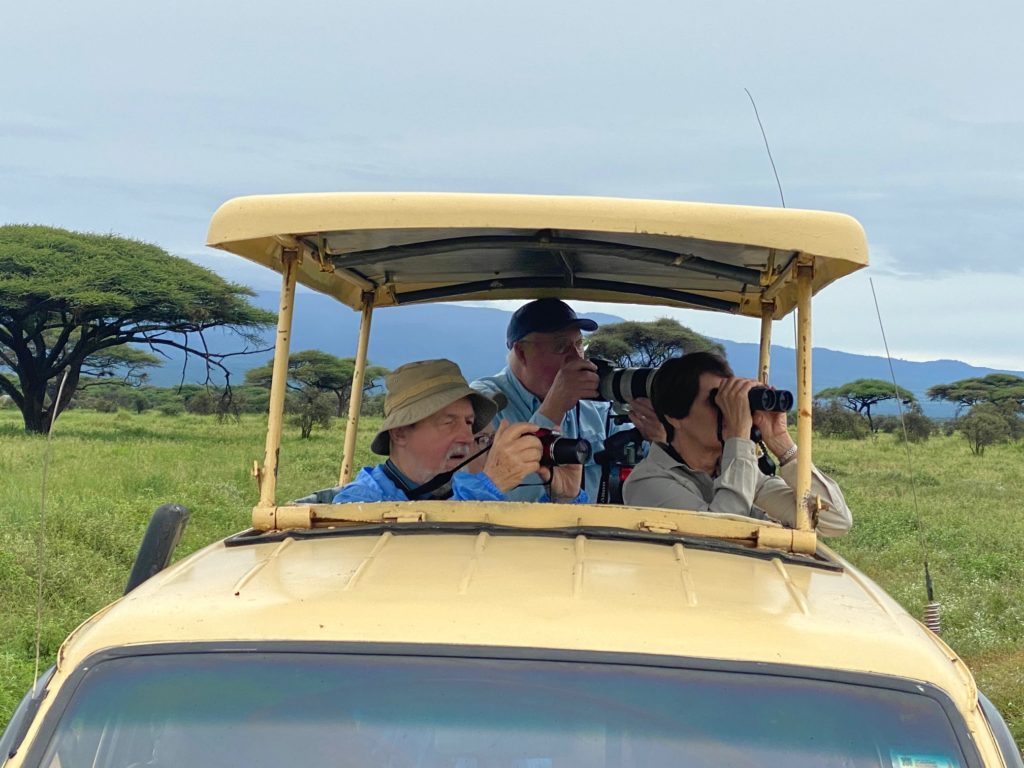
“The questions people ask me before they’ve been to Africa and after they’ve been are totally different,” Naturalist Journeys founder Peg Abbott said.
Whether you’re weighing bucket-list alternatives for a first venture or as an Africa veteran looking for that next wildness adrenaline rush, we have ideas for you. Read on to compare and contrast our carefully crafted Africa birding and nature tours, keeping in mind that if you’re flying to Africa from the US, you want to make the most of your investment. (Not to mention, once you start to experience Africa birding and nature, the lure to return will be strong, no matter how long you stay.)
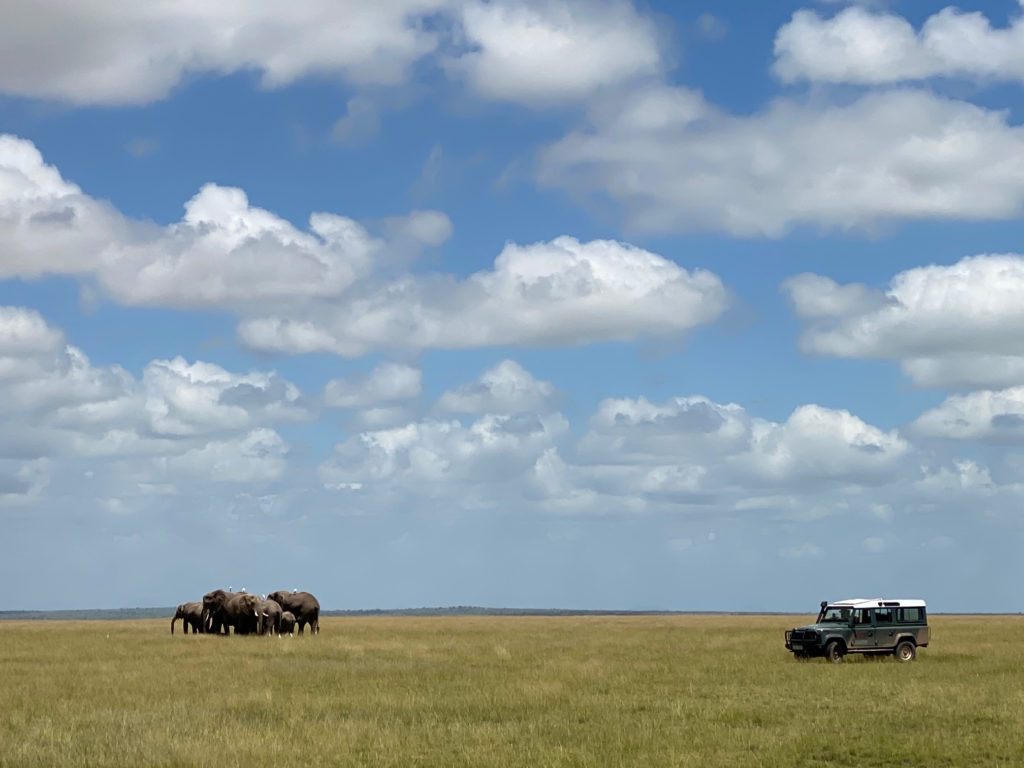
East Africa or Southern Africa?
“People often tell me ‘I am only going to Africa once, so should I go to East Africa or Southern Africa?” said Peg Abbott, Naturalist Journeys founder and guide. “Keep in mind, once you go to Africa you’re going to want to go back.” If that is not possible, you want to hit it right.
“Second, consider this, that question is the equivalent of saying I’m only going to come to the U.S. one time, should I go to Yellowstone or the Grand Canyon? They are very different experiences, and you should absolutely do them both,” she said.
Comparing Our Africa Trips (and the Competition’s)
There are many lenses you could train on our Africa Birding and Nature tour options: landscapes, lodgings, birds and animals, and of course, length and cost. But before we dive into each of those categories below, a word from Peg about how our tours contrast with our competition – because our guests are savvy travelers.
“Our Africa tours are aimed at people who want to learn the wildlife and birds in detail, to spend time taking photos and really absorbing place,” Peg said. By contrast, one of our competitors offers a 15-day, 3-country tour, with only 5 days in each country.
We can’t bear to move that fast! Skipping from place to place like that doesn’t allow for spending two to three nights at each stop of our mobile tented camp safaris, for example, which is always our goal.
“We like to let people settle in and experience first-hand Africa’s richness. To hear the sounds of the night,” Peg said.
“We have a LOT of facetime with these animals, so anyone with a camera or binoculars is going to be very happy,” she said.
Landscapes
Great wildlife viewing can be found in all of the tours we offer in Africa, but the feel of place can be quite different. To latch on to the Yellowstone/Grand Canyon analogy, southern Africa is more like the desert Southwest in the US, warm and arid, though much flatter, while eastern Africa is more temperate, green and with both grasslands and mountains – not unlike Montana and Wyoming.
East Africa: Kenya, Tanzania and Uganda
East Africa offers a more temperate climate than one might expect near the equator, supporting massive herds of animals like the famed Wildebeest that migrate with seasonal rains between Kenya and Tanzania. (Our Kenya safari is perfectly timed so we are at the Maasai Mara at the peak of Wildebeest migration.) Mountains and forests add to the diversity of flora and fauna we encounter. Uganda is a very lushly forested country, supporting some of the last rare and endangered Mountain Gorilla in the world.
Southern Africa: Botswana, Namibia and South Africa
Namibia and Botswana are home to the Namib and Kalahari deserts, respectively. Great wildlife viewing abounds here, as arid conditions concentrate animals at lakes, deltas and watering holes. The Okavango Delta and Chobe River in Botswana and the world-famous watering holes in Etosha National Park in Namibia make for reliable and spectacular wildlife viewing (and occasional excitement as predator and prey are brought together.) South Africa stands on its own, anchored at the southern terminus of the continent. It offers much more landscape diversity between its coast and its famous wildflower-strewn Cederberg or Drakensburg Mountains. South Africa is HUGE and contains a wide variety of ecoregions including grassland, bushveld, semi-desert, savannah, and riparian areas. South Africa’s Western Cape is more botanically diverse than the richest tropical rainforest in South America, including the Amazon, offering unique plant species in the fynbos biome and the animals and insects that rely on it.
Africa Birding Diversity/Animal Encounters
“The mammal viewing is equally compelling,” Peg said, in eastern and southern Africa destinations, with Uganda’s Mountain Gorilla and Chimpanzee trekking an optional added bonus. Not for the faint of heart (or the bum of knee) these encounters offer a stunning and emotional payoff at the end of your trek. Guests sometimes encounter Gorilla after as little as an hour of hiking with our guides and porters, but four or five hours of hiking would not be unusual.
Bird diversity, on the other hand, is going to be significantly higher in East Africa or South Africa because of the greater variety of habitat types. If going for the most birds: choose Kenya, Uganda and South Africa.
One of the reasons we scheduled our shorter Botswana trip to pair with Namibia (and put the two together in our Ultimate Namibia-Botswana combo) is to enrich birding options. Botswana is landlocked, so adding Namibia brings in coastal and arid-land birds. Visitors to the Botswana Namibia tour have the opportunity to see in the neighborhood of 270 amazing birds, while those on the Kenya-Uganda trip can easily see more than 400!
Here are recent species lists from each country:
• Botswana • Kenya Trip Report • South Africa • Tanzania • Uganda • Namibia
Lodging/Movement Between Parks
Our tour lodging is ALWAYS selected with seeing the animals in mind. Where can we go that maximizes our opportunities to see wildlife in a safe and eco-friendly way? That said, there are differences between countries in what lodging is available to us based on factors like the maturity of their ecotourism facilities.
Kenya is the old guard of African wildlife safaris and that’s apparent from its lodge selections, many of which harken back to a British colonial time in style and in their not-yet-updated but absolutely charming facilities. Movement between parks in Kenya can involve highway travel to get the maximum diversity, whereas in Tanzania, once you enter the park system, it’s possible to go from park to park without emerging into the outside world (though you stay solidly in savannah.)
Built in a different era than Kenya’s, Tanzania’s lodges tend to be big resort-style properties; big enough for large buses to roll in. We’ve worked hard to find some smaller safari camps like the one we visit at the apex of Wildebeest migration at their calving grounds in Ndutu.
“There are a lot of lodges in Tanzania that are luxury and high end but not particularly well situated – we don’t typically go to these,” Peg said. “We pick our trips by the wildlife, not so they will have a bathroom the size of one’s living room.”
Botswana’s facilities are new, idyllic for ambiance, and they tend to be smaller, Peg said, many with no more than a 35-person capacity. Botswana made a choice for low-volume, higher cost visitation – it’s a place to spoil yourself and immerse. South Africa travelers demand trendy atmospheric lodges, resulting in their well-deserved reputation for extravagant safari options and local dining specialties.
At the other end of the maturity spectrum from Kenya, Uganda is a newbie and an up-and-comer. Uganda has the old colonial facilities but they went dormant in many years of unrest. Post Idi Amin’s military dictatorship, from 1980 a new page was turned. “There’s a real upbeat feel to Uganda’s nature and its ecotourism,” Peg said. “The roads get better and there are new facilities every time we go back. The quality of guides and their training is astonishing. ”
Length/Cost
While all of Naturalist Journeys’ tours are centered on birds and wildlife, you can find a range of experiences. A two week South Africa tour, for example, can be viewed as a sampler: a toe-dipping option with a bit of everything for the Africa-curious. It includes a three-night safari in Kruger National Park, one of Africa’s crown jewels, wonderful food and wine in glorious Cape Town, a trip to experience endemic fynbos wildflowers, and comfortable but exciting birding in varied habitats. For some people, it feels more like pampering than “Out of Africa.” It’s also more budget-friendly than many of our other Africa trips, because we aren’t spending as much time in national parks. When you are comparing different companies’ offerings, look at how many days of your trip are inside national parks. That’s where the animals are, admission fees pay for their conservation and that’s a big driver of Africa tour costs –rightfully so!
Our shorter Uganda trip is also less expensive at 9 days and 8 nights, it’s meant to be paired with our Kenya tour but also to fit into other travel plans. We can facilitate add-ons to your journey. We recommend time in Cape Town or a few days in Victoria Falls.
At the other end of this spectrum, our 23-night, 24-day Namibia-Botswana Combo will really leave you feeling the re-entry to your not-Africa life. Living the true safari life in mobile tented camps, staying as close to wildlife as possible, our guests find this a truly immersive, life-changing, bucket-list trip with Greg Smith, one of our most experienced guides. Ultimate Botswana with company owner Peg Abbott is just that – limit of six or seven clients, and more depth in one country than one can imagine.
In between on the spectrum our various Africa tours feature safari game drives and mobile tented camp experiences offering great looks at wildlife and birds. All of them transport you into the other world that Africa is.

